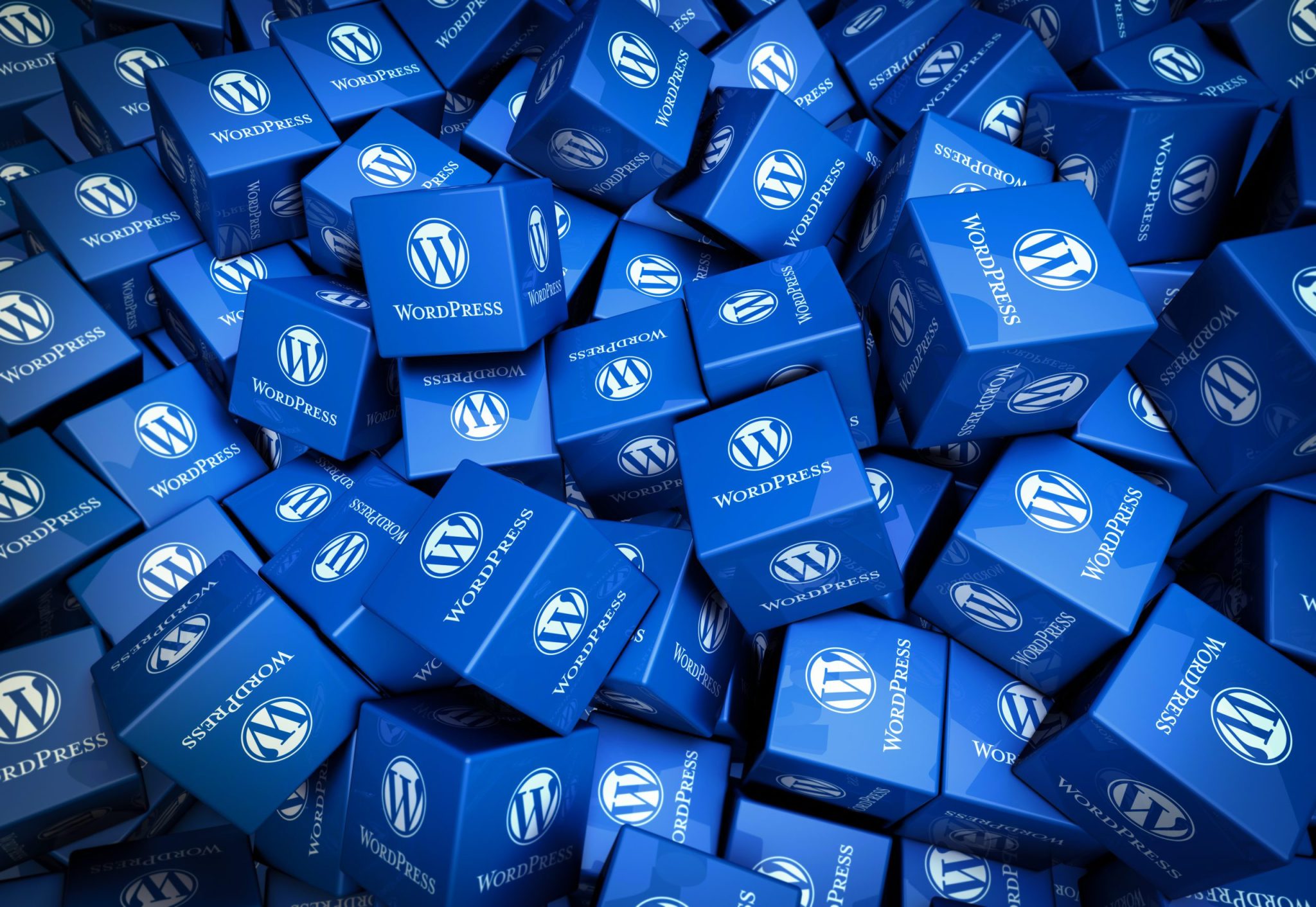Boosting WordPress and WooCommerce Performance with Server-Side Caching and CDNs
If you run a WordPress website with WooCommerce, you already know how important speed and performance are. In today’s fast-paced digital world, users expect sites to load instantly, and if your website doesn’t deliver, your potential customers could leave before they even see what you offer. One of the best ways to ensure a smooth experience is by implementing server-side caching and using a Content Delivery Network (CDN) to handle your static content.
Why Site Speed is Critical
Site performance isn’t just about user experience — it also directly affects your SEO rankings, bounce rate, and conversion rate. WooCommerce adds extra complexity to your WordPress site by generating a lot of dynamic content. Think product listings, shopping carts, checkout pages, and customer account dashboards. Each of these pages is built in real-time using PHP scripts and database queries, which can quickly add up and slow down your site if not properly optimised.
On high-traffic websites, or during sales and promotional periods, this increased load can cause bottlenecks. And with Google now including Core Web Vitals as a ranking factor, slow websites risk slipping down the search results.
How Server-Side Caching Helps
Server-side caching can dramatically reduce load times by storing versions of your website pages after they are first generated. This way, when users visit your site, they get a pre-built version of the page instead of the server having to build it from scratch every time.
Making Sense of Server-Side Caching: opCache and Varnish Explained
You might have heard terms like opCache and Varnish Cache thrown around when talking about making websites faster. But what do they actually do? Let’s break it down in plain English.
What is opCache and How Does it Help?
Every time someone visits your website, your server has to run scripts behind the scenes to figure out what to display. These scripts are written in a programming language called PHP, which powers WordPress and WooCommerce.
Now, imagine you’re baking a cake from scratch every time someone wants a slice. That’s what your server is doing without opCache — following a recipe over and over again, even though the cake ends up the same.
opCache steps in and says, “Hey, let me keep a pre-made version of that cake ready.” It stores a compiled (or pre-prepared) version of your PHP scripts in memory, so the server doesn’t have to start from scratch each time. This makes your website faster because it reduces the time needed to “bake” each page.
In short: opCache helps your server remember how to do things faster, so it can serve up pages more quickly.
What is Varnish Cache and Why Use It?
While opCache handles the behind-the-scenes code, Varnish Cache sits in front of your website like a smart receptionist. Instead of sending every visitor all the way through your site’s backend to generate a page, Varnish checks whether it already has a copy of that page saved.
If it does, it serves that page instantly — like handing someone a brochure rather than making them wait for someone to print it. This is called full-page caching, and it’s especially useful for parts of your site that don’t change often, like your homepage, blog posts, or product listings.
So, Varnish is all about speed and efficiency. It reduces the number of requests your server has to handle, which is a huge win during busy periods like sales or promotions when you’ve got lots of visitors browsing your site.
In a nutshell: Varnish is like a helpful assistant that hands out pre-prepared pages to your website visitors, saving time and reducing server stress.
Using a CDN for Even Faster Load Times
A Content Delivery Network (CDN) complements server-side caching by serving your site’s static content — like images, CSS stylesheets, and JavaScript files — from servers located closer to your visitors. Instead of pulling every asset from your main server (which could be halfway across the world), the CDN delivers them from a nearby edge location, making your site feel faster and more responsive.
This also helps your main server breathe a bit. With fewer requests coming through to it, your hosting environment can focus on generating dynamic content, processing transactions, and running WooCommerce without getting bogged down.
Practical Benefits of Caching and CDNs
Implementing server-side caching and a CDN provides a ton of practical benefits:
- Faster Page Load Speeds: Users get a better experience, and they’re more likely to stick around and make a purchase.
- Reduced Server Load: Fewer database queries and less PHP processing means your server can handle more traffic with ease.
- Scalability: Your site is better equipped to handle traffic spikes without crashing or slowing down.
- Improved SEO: Faster sites rank better in search engines and perform better on mobile — where speed matters even more.
Making it Work for You
At O’Brien Media, we offer fully managed hosting for WordPress and WooCommerce that includes performance tuning as standard. We’ll help you configure server-side caching that’s tailored to your site, and set up CDN integration to make sure your images and other assets are delivered quickly and reliably, no matter where your visitors are located.
We can also monitor your site’s performance and make further optimisations as your traffic grows, helping your online shop stay fast, efficient, and secure.
If you’re running a WooCommerce store or planning to build one, let’s chat about how we can get you set up with the right performance tools. Your customers (and your bottom line) will thank you.


